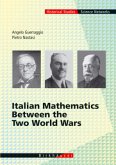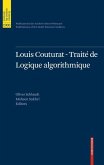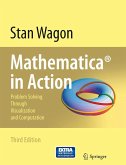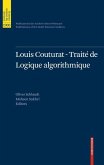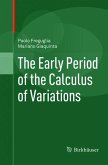More than ?fteen years have passed since this book was published in French. Ideally this work, which originated from a doctoral thesis defended in 1990 at the University of Paris Diderot, should have been partially rewritten for the English edition, thereby incorporating the latest research results in its argumentation. But this was not the choice taken, since it would have delayed making this work, which brings together useful information for all those who are interested in wasan and eager to delve more deeply into its tradition, available to the English reader. Indeed, the special feature of this study is to present a high-level mathematical production while at the same time placing it in its historical context. This context here is Tokugawa Japan and, more speci?cally, the milieu of the scholars of samurai (warrior) origin. While explaining the indispensable social, economical and poli- cal background, we have not neglected mathematical analysis, since wasan reached its most beautiful results with the two mathematicians Seki Takakazu and Takebe Katahiro. Their works abound in lessons, not only for all those who are interested in the history of algebra and of analysis, but also in epistemological questions.
From the reviews:
"The present volume is a very careful English translation of a book which has been first published in French in 1994. ... readers will also get from these a visual apprehension of what Japanese mathematical texts physically looked like during the Edo period. Anyone interested in Japanese mathematics and its multifarious aspects ... should first have recourse to this outstanding book in as much as his excellent critical apparatus open wide perspectives for future researches in such a domain." (Jean-Claude Martzloff, Zentralblatt MATH, Vol. 1206, 2011)
"The present volume is a very careful English translation of a book which has been first published in French in 1994. ... readers will also get from these a visual apprehension of what Japanese mathematical texts physically looked like during the Edo period. Anyone interested in Japanese mathematics and its multifarious aspects ... should first have recourse to this outstanding book in as much as his excellent critical apparatus open wide perspectives for future researches in such a domain." (Jean-Claude Martzloff, Zentralblatt MATH, Vol. 1206, 2011)
"The book is an extremely attractive gateway into the historical questions surrounding the best-known period of wasan, one written from a modern methodological perspective. ... I was delighted and impressed by this book and its contents, with so many points of contact with and development of traditional Chinese mathematical knowledge." (Jirí Hudecek, East Asian, Science, Technology, and Medicine, Issue 37, 2014)
"The present volume is a very careful English translation of a book which has been first published in French in 1994. ... readers will also get from these a visual apprehension of what Japanese mathematical texts physically looked like during the Edo period. Anyone interested in Japanese mathematics and its multifarious aspects ... should first have recourse to this outstanding book in as much as his excellent critical apparatus open wide perspectives for future researches in such a domain." (Jean-Claude Martzloff, Zentralblatt MATH, Vol. 1206, 2011)
"The present volume is a very careful English translation of a book which has been first published in French in 1994. ... readers will also get from these a visual apprehension of what Japanese mathematical texts physically looked like during the Edo period. Anyone interested in Japanese mathematics and its multifarious aspects ... should first have recourse to this outstanding book in as much as his excellent critical apparatus open wide perspectives for future researches in such a domain." (Jean-Claude Martzloff, Zentralblatt MATH, Vol. 1206, 2011)




